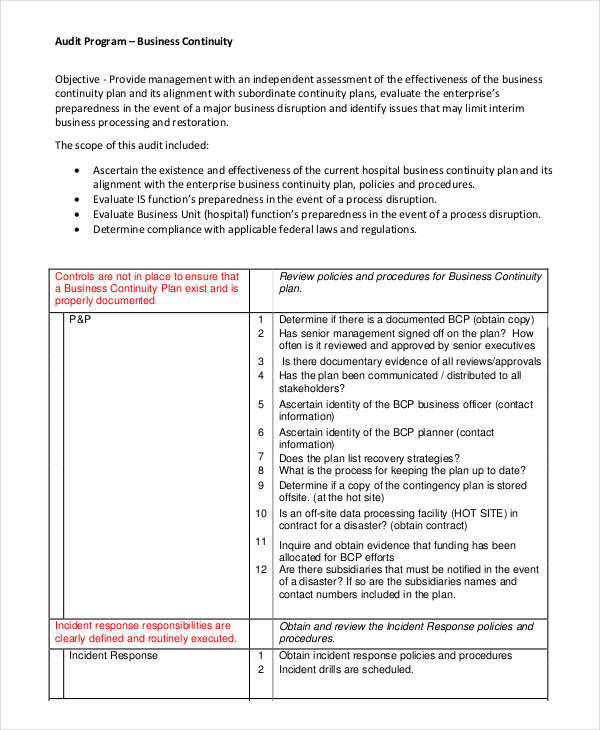

Orientation applies to all slides in a presentation See How do I give feedback on Microsoft Office for more information. If this is a feature you’d like to request, please send us your feedback to help us prioritize new features in future updates. All slides in a presentation are the same size. PowerPoint isn't able to resize one slide within a presentation. Sizing applies to all slides in a presentation When you select it, all the slides will be the custom size you chose by default. The next time you open PowerPoint, you'll see your default theme in the upper-left of the theme gallery. The thumbnail image looks like a widescreen slide, but in reality, when you create a new presentation based on that theme, the presentation has the aspect ratio that you've defined for this default theme. The custom theme that you just saved is listed at the top left corner, named Default Theme. On the File tab of the toolbar ribbon, select New. Right-click that new custom theme under the Custom heading, and then select Set as Default Theme:Ĭlose PowerPoint. You'll see your newly saved theme under a Custom heading. On the Design tab, click the More arrow again in the bottom-right corner of the Themes group. Don't change the folder that the new theme is to be saved in.

Give your theme a name that you'll remember easily and click Save. On the Design tab, click the More arrow in the bottom-right corner of the Themes group: (If you want a different default slide size than what's listed there, select Custom Slide Size and then choose your size in the Slide Size dialog box, and then click OK.) Then on the Design tab, click Slide Size and choose the size you want for a default. Then double-click the Blank Presentation to create a new, empty presentation. This version of PowerPoint has a default size of 16:9 for new presentation, but you can create a different default for yourself. You can change the unit of measure that is shown in PowerPoint dialog boxes if you like. PowerPoint then converts measurements, if necessary, to the type of unit your operating system uses. Type a number followed by a space and then the appropriate abbreviation: in, cm, or px. In the Height and Width boxes, PowerPoint accepts measurements in inches, centimeters, or pixels. In the Slide Size dialog box, ensure the orientation is set the way you want it.

There are two options for 16:9 aspect ratios: Overhead provides an aspect ratio very close to the standard 4:3 slide size. In the Slide Size box, click the down arrow next to Slides sized for and select an option. Select Slide Size, and then select Custom Slide Size. See the section below named "Make a default size to start from when creating new presentations." However, you can make it easy to create a new 4:3 presentation for yourself whenever you want-by defining a custom theme that uses the 4:3 aspect ratio. When you change the slide size for a presentation, the size you choose only applies to that presentation. The 16:9 widescreen setting is the default value for new presentations you create. This could make your content appear smaller, but you’ll be able to see all content on your slide. Choosing this option could result in your content not fitting on the slide.Įnsure Fit: Select this option to decrease the size of your content when scaling to a smaller slide size. Maximize: Select this option to increase the size of your slide content when you are scaling to a larger slide size. When PowerPoint is unable to automatically scale your content, it prompts you with two options: Select Slide Size, and then select either Standard (4:3) or Widescreen (16:9). On the Design tab of the Ribbon, locate Slide Size in the Customize group, near the far right end of the toolbar.


 0 kommentar(er)
0 kommentar(er)
